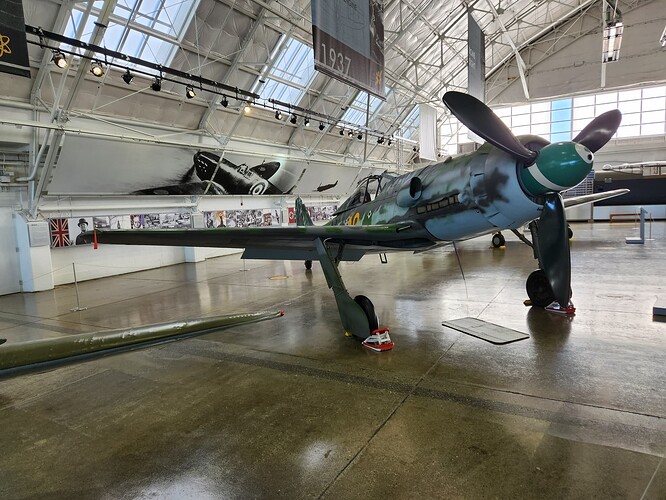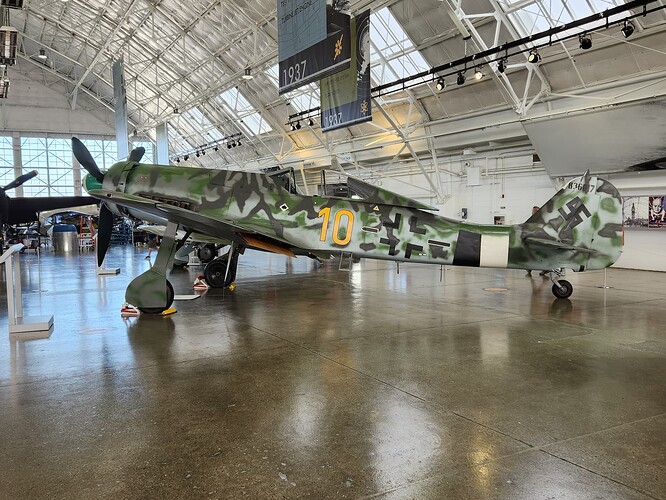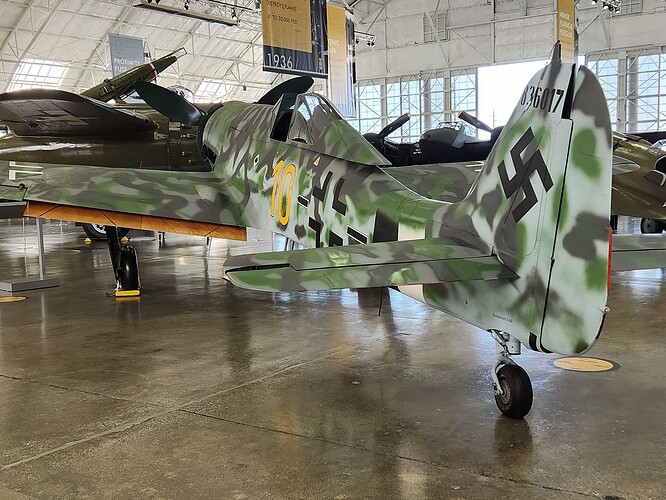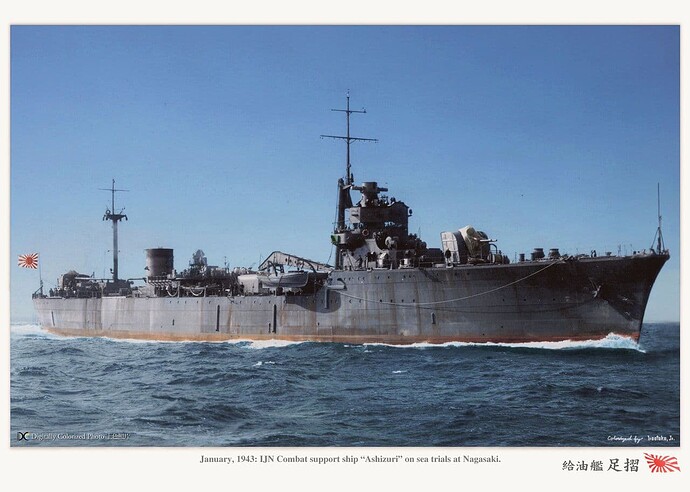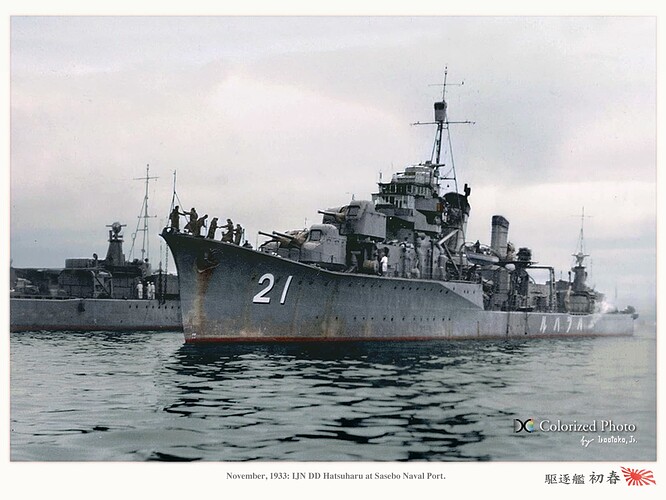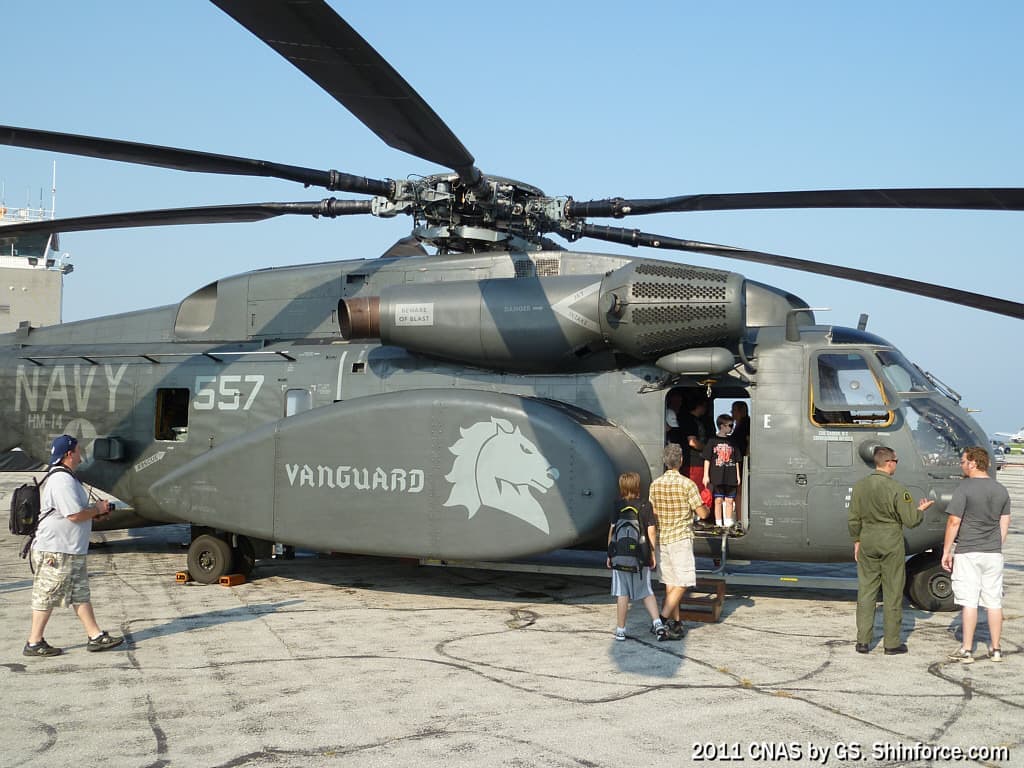My Hasagawa 1/32 FW 190D-9 arrived today. Humm… This is obviously an older molding. (Didn’t check Scalemates). There raised rivets and recessed panel lines. I checked my photos of the FW 190D in Seattle and it was obvious that if I removed all of the rivets , it would look far more authentic.
So is there a best way to remove raised rivets without creating other issues?
What I have discovered with aircraft exteriors is the thing that is missing is the warps, bulges and depressions in the planes skin. These are far more obvious in most cases, than rivets.
2 Likes
I just sand them off. As for all of the little skin blemishes, on a submarine it’s called oil canning. I don’t know what the stressed skin on a B-52 is called - stressed skin I guess. I replicated it by cutting out with a steel cutter then sanding the depressions into the skin in a grid pattern,
2 Likes
I have seen several builds used the oil canning method with great results in 1/350 ships. There is also ways to achieve a stressed skill effect on aircraft panels. Little tricky but looks cool if done right.
Here’s a couple off good article that I have bookmarked.
http://www.clubhyper.com/reference/stressedskineffectkh_1.htm
http://www.ratomodeling.com.br/articles/stressed_skin/
2 Likes
That’s very similar to my method, except I use a steel cutter instead of scraping it with a scalpel. It’s a little faster that way.
1 Like
Is is not the use, pulling G’s mainly, of the aircraft that causes these ripples?
I think the famous “yellow 10” there was captured and was only partially painted at the time. I’m not disputing it flew, not at all, but replacement aircraft were easier to find than pilots (or fuel) in 1945.
Even the restored museum version does not show the heavy rippling that modern airshow regulars or active duty <1970 designs do.
I agree that the flexing of various parts caused warped or bent aircraft skins. However sone of this also incurred in locations you wouldn’t think flexed much. My point originally about raised rivets was for the most part, no rivets looked closer to the actual aircraft. aircraft manufacturers knew flush rivets was better for performance. When you see Japanese warships kits and the model has all of these raised hull panel lines, just know that is wrong. They built good ships and you would not see most of these.
Here is one you can.
Here is one that has few visible.
Here I don’t see any
1 Like
Speaking of oil canning - this is a photo that accompanied an extremely nice build by Liu Zhihui:
As I plan to build the same kit, it’s a great reference. It may exxplain the carbon fiber replacement panels now in use, which I’ll have to replicate to some degree:
2 Likes
